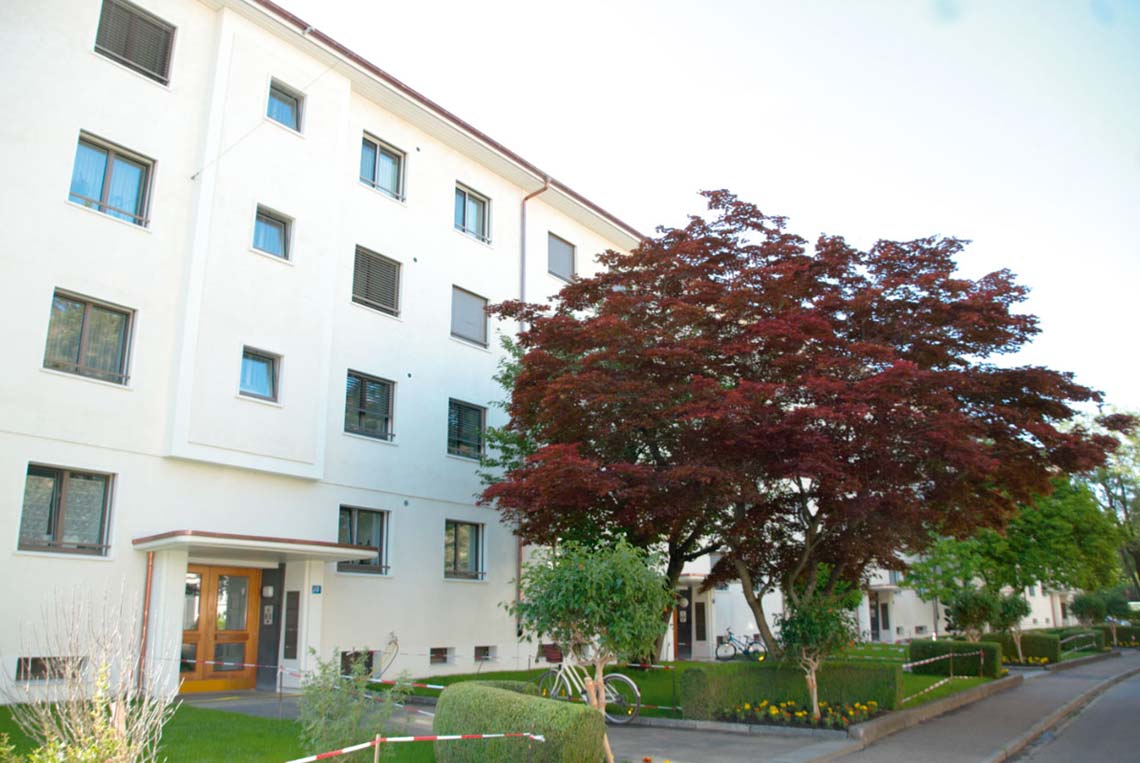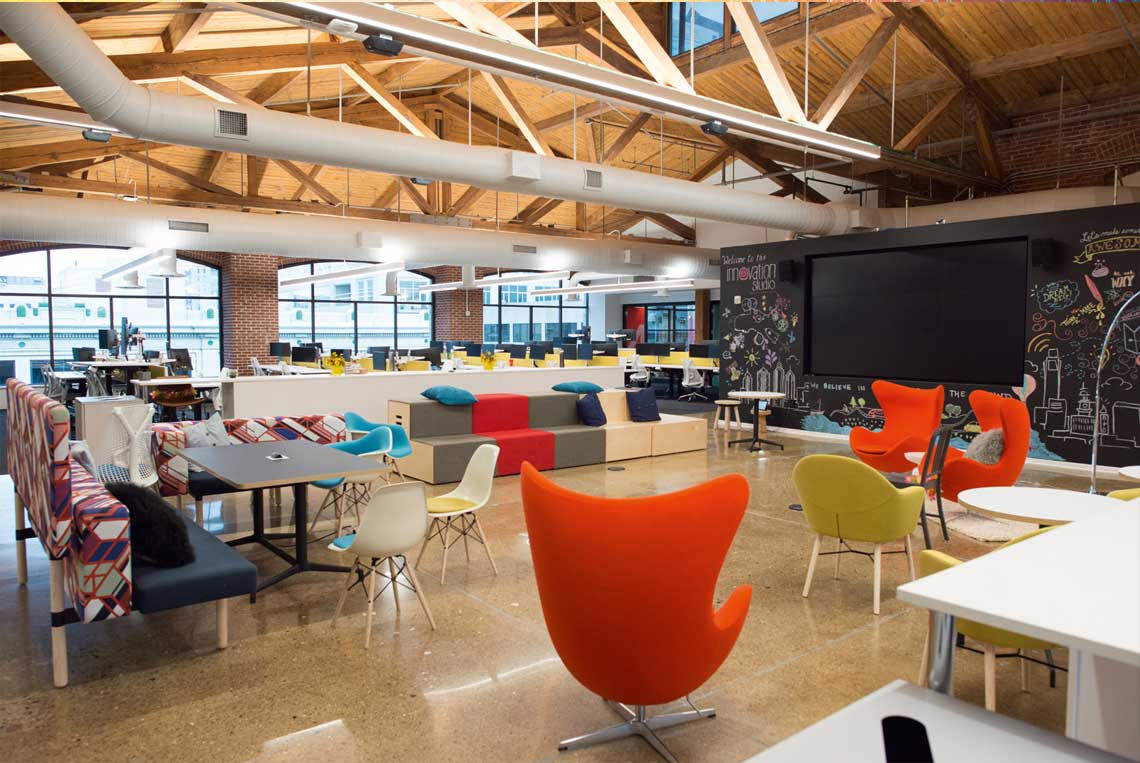An Introduction to Bluetooth
Issue 02-2018:
read all articles online
read as pdf
Bluetooth® today is one of the most well known wireless technologies used for a broad variety of applications ranging from mobile phones to accessories and even health monitoring devices. More recently, the addition of mesh network capability has sparked great interest in new application areas including lighting control and building automation. This also opens up enhanced abilities of self-powered EnOcean switches and sensors supporting the Bluetooth standard.
Origin of Bluetooth and Bluetooth SIG
The history of the Bluetooth radio standard dates back to 1994 when a number of companies looked for a mechanism to replace wired connections. As a result, the five companies Ericsson, Nokia, Intel, IBM and Toshiba formed a special interest group (SIG), which was officially established in 1998. Today, Bluetooth SIG has more than 33,000 members, making it one of the largest standardization bodies in the world. Beginning with Bluetooth version 4 (released in 2009), an ultra-low power (ULP) form of wireless connectivity – called Bluetooth Low Energy (BLE) – has become part of the standard Bluetooth stack.
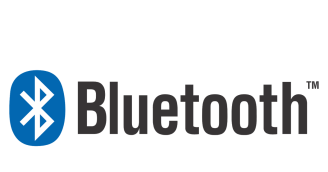
Bluetooth technology
Bluetooth communication is standardized as IEEE 802.15.1 and uses the 2.4 GHz ISM (Industrial, Scientific and Medical) radio band. This band had been set aside worldwide for non-telecommunication applications including medical devices and even microwave ovens. Using the 2.4 GHz band for communication therefore provides worldwide usability but also leads to two key disadvantages.
Firstly, the 2.4 GHz band is used by a lot of devices ranging from WiFi-enabled smart phones and tablets to wireless audio and video systems, door bells, remote controls and of course Bluetooth devices. Regulated bands, which for instance enforce low transmission duty cycles, such as the 868 MHz band in Europe, ensure much less interference and thereby a higher quality of service.
Secondly, the communication range, i.e. the distance between sender and receiver that can reliably be covered using a certain amount of transmission power, is much lower in the 2.4 GHz band than in lower frequency bands such as the 868 MHz band.
Bluetooth uses specific techniques to mitigate these two effects. To address the issue of interference, Bluetooth uses frequency hopping spread spectrum (FHSS) communication. In this, the communication frequency is chosen from a set of individual carrier frequencies and changed at periodic intervals according to a pre-defined “hopping” mechanism.
Bluetooth uses a set of 40 such carrier frequencies for communication. Three out of those 40 channels – the so-called advertising channels (marked green in the illustration below) – are used by Bluetooth® devices for their initial pairing and by BLE devices for their data exchange.
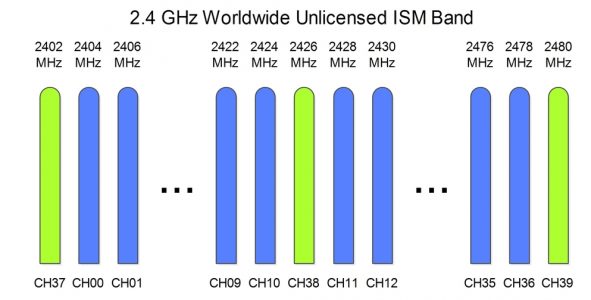
Bluetooth® Channel Structure
Mesh Network
To address the issue of limited range, Bluetooth has introduced a mesh network topology where messages can be relayed from the source to the destination via intermediary devices. This approach greatly extends the communication range and allows covering larger areas with a Bluetooth Mesh network.
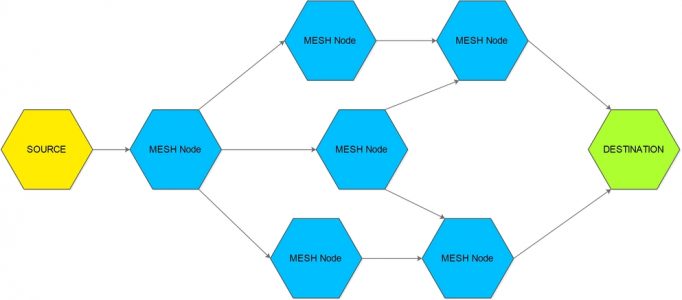
Bluetooth Mesh Network
Mesh systems have shown good potential in lighting applications which naturally provide a high node density coupled with readily available power supply. Light sources are typically available within less than five meters from each other making the communication distance between them very low.
Establishing a Bluetooth Mesh network based on these lighting fixtures therefore creates a readily available low power network infrastructure with low to medium bandwidth. Such a network is ideally suited for the communication of energy harvesting wireless switches and sensors that can provide input data for a building-level Internet of Things (IoT).
Valuable Data Asset
That way, lighting systems become a data backbone for IoT applications. Besides traditional lighting, the system generates and transports a wide variety of sensor data to the cloud. Taking the example of a lighting system with occupancy sensors, the basic functionality continues to be controlling the light. In addition however, the occupancy sensor data can be used to determine the office space utilization. Furthermore, the wireless network established between the light sources can be used to transport sensor data which is not directly related to lighting control, e.g. temperature, humidity or air quality sensors.
Due to mesh network technology, self-powered switches and sensors can communicate with each permanently installed Bluetooth device in such as system (e.g. lighting or access points). Thus, the same sensor information can be used for numerous additional purposes including advanced comfort and security services – making data a much more valuable asset than in classical building automation systems.
EnOcean Bluetooth Solutions
EnOcean GmbH joined the Bluetooth SIG in September 2016 and officially released the first energy harvesting Bluetooth products – PTM 215B, EWSxB and ExRPB – to market at the beginning of 2017.
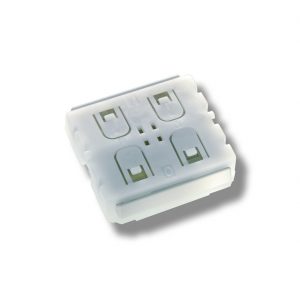
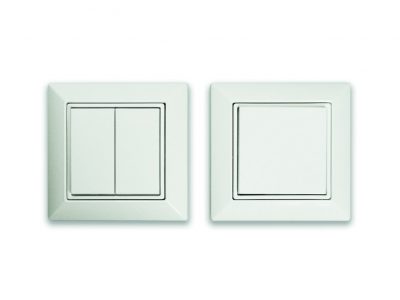
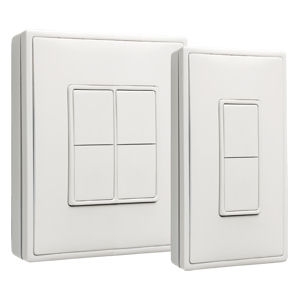
EnOcean Bluetooth Products
Up to now, the company collaborates with numerous leading providers of intelligent Bluetooth control systems for a widespread adoption of self-powered wireless devices and their unique benefits in the industry. The partners include Fulham, Helvar, Aruba, Sylvania, Casambi, Silvair, Vossloh-Schwabe Lighting Solutions, Wirepas and Xicato.
In addition, EnOcean is working with the Mesh Workgroup within Bluetooth SIG to standardize the unique energy harvesting capabilities of its products. Stay tuned for exciting product releases soon!
New articles in EnOcean Insights
Top articles




